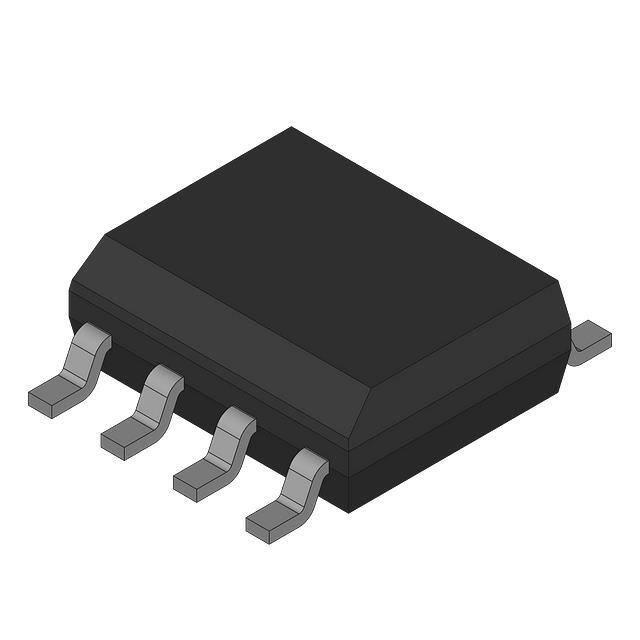How to extend the life and reliability of relay switches
There are many ways to extend the life and reliability of relay switches, mainly by reducing the load of the relay, improving the working environment and optimizing the control strategy. Here are some specific measures:
1. Reduce the load of the relay
Reduce the switching frequency: The life of the relay is usually related to the switching frequency. Reducing the switching frequency or using a smoother control logic can reduce the workload of the relay.
Use appropriate loads: Avoid using relays for excessively high or low loads. In the case of high contact resistance, the contacts of the relay are prone to ablation and oxidation, which shortens the life. Choosing the right load current and voltage can effectively extend its life.
2. Choose the right type of relay
Solid-state relay (SSR): If the relay switches frequently or the load changes drastically, consider using a solid-state relay (SSR), because solid-state relays have no mechanical parts and can provide longer life and higher reliability.
Contact material: The contact material of the relay has a great influence on its life. Using corrosion-resistant and wear-resistant materials (such as silver alloy or gold alloy contacts) can increase the service life of the relay.
3. Reduce arc damage
Suppress arc: The contacts of the relay may generate arcs when switching, especially when switching large currents or inductive loads. Arc generation can be reduced by adding "arc suppressors" (such as RC, inductors, metal oxide resistors, etc.).
Use slow start and slow stop circuits: Reduce the impact on the relay contacts by controlling the rise and fall speed of the current.
4. Good heat dissipation and ventilation
Relays generate heat when working. Good heat dissipation and ventilation conditions can reduce the damage caused by overheating of the relay. Make sure there is enough space around the relay for air circulation to avoid excessive operating temperatures.
5. Regular maintenance and inspection
Cleaning relays: Check the contacts of the relay regularly to remove dust, oil and other contaminants to ensure good contact between the contacts. For higher power applications, check the contacts regularly for burns.
Check voltage fluctuations: Avoid excessive fluctuations in the power supply voltage to avoid affecting the performance of the relay.
6. Correct installation and environment
Ambient temperature and humidity: Relays are prone to aging in high temperature, high humidity or corrosive gas environments. When using, you need to avoid overly harsh environmental conditions.
Avoid vibration and shock: Avoid exposing the relay to excessive vibration or shock during installation, which can cause premature wear or fall off of the relay contacts.
7. Use redundant design
For applications with high reliability requirements, redundant design can be considered. Use multiple relays to share the load and avoid frequent operation of a single relay, thereby extending the reliability and life of the overall system.
These measures can help reduce the load on the relay and reduce the risk of damage, thereby extending the life of the relay and improving its reliability.


